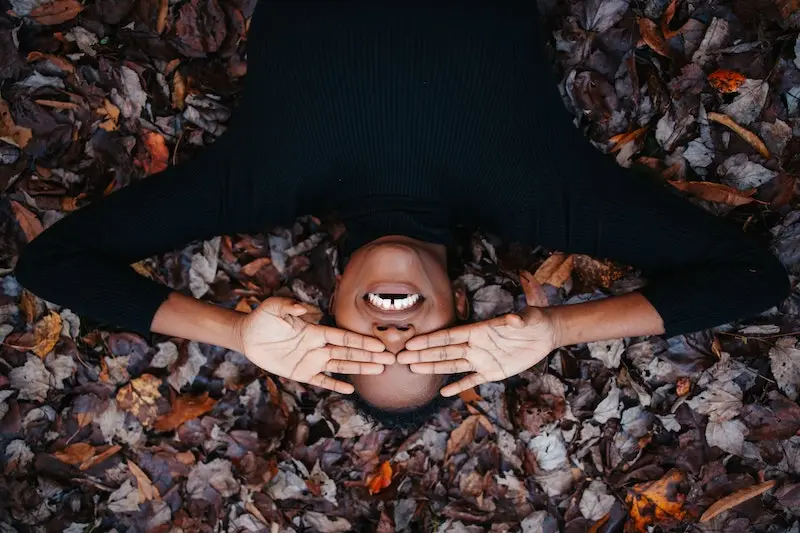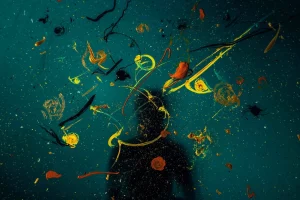Digital cameras and phones, which are now very efficient, make it possible to obtain great-quality images. However, what criteria should be applied in order to take a successful photo?
The subject is not the easiest one to approach, because, like any art, the beauty of a photo is based on objective and subjective criteria. A photographer has an eye and an undeniable degree of creativity, but this alone is not enough to produce successful photographs. And for good reason, expertise is also based on basic principles that, once mastered and applied, make it possible to create high-quality images. Knowing the technical guidelines for creating beautiful photos is essential if you want to know if your photos are successful. So here are some great tips to help you get ahead.
Table of contents
Technical tips
In order to fully understand what technical skills consist of and what the most important factors are, it is useful to first define the subject.
Among the multitude of cameras on the market and the wide range of prices, the difference between each one is obvious. Whether you’re an amateur or a professional photographer, no matter what camera you use, applying these technical tips will guarantee a very satisfying result. The quality of an image is based on the following points:
- light (exposure, natural effect, etc.) ;
- the composition;
- exposure;
- the rendering of reality;
- depth of field;
Depending on the effect sought, the degree of importance of these various parameters varies. A landscape photo is successful when its depth of field is maximum and faithfully reproduces the details present. On the contrary, macro photography consists of concentrating on the element in the foreground, highlighted by the background blur that surrounds the subject called bokeh. To do this, the focus must favor a very shallow depth of field.
A photo does not always accurately reveal the extent of a landscape. Placing a flower, or a model in the foreground indicates the real proportions of the place.

Exposure
Digital cameras are equipped with a sensor that perceives the light present when taking a photo. This amount of light is called “exposure” in photography. Overexposed or underexposed images are the result of incorrectly adjusting the following settings:
- shutter speed;
- the opening;
- ISO sensitivity.
Mastering these three technical settings is essential, because they directly contribute to the success of a photo.
The importance of light
Whether natural or artificial, light enhances a picture. Good lighting highlights the shapes, creates volume and makes the photo easier to read. In this way, the photographer conveys the desired message with simplicity.
There are tips that, when taken into account and applied, promote perfect lighting:
- avoid backlit photos;
- placing the brightness source on the side of the subject creates relief (a great tip when it comes to photographing objects, dishes, etc.) ;
- avoid direct sunlight between 11 am and 3 pm and take advantage of shady places;
- choose sunrise and sunset for their golden hour when everything is illuminated by low, soft, warm tones.
Composing your photo with care
A photographer orders and sets up the different elements that make up a photo. This step, as important as the choice of the light and the subject, makes the result pleasant to look at and invites the viewer to put themselves in the place of the photographer.
A well-organized photo is determined by the detail of the composition, wide or narrow, and the choice of the subject or the most important element. The location of the object or model has a direct impact on the final visual readability of the image and depends on the importance given to the surroundings. By erasing the surrounding scenery, the body of the image attracts the viewer’s eye more.
A successful composition is based on several points:
- the rule of thirds;
- the distribution of masses (the décor must be carefully placed);
- the precision of the light;
- the harmony of the colors.
Note that the height of the shots and the angle chosen also determine the quality of a photo. Varying the viewing angles creates a certain dynamism and diversifies the work of the photographer. High angle, low angle, close up or far away, this diversity in the execution allows you to obtain a variety of shots that arouse interest and attract the eye. Shots usually taken at eye level become more attractive when other possibilities are considered. Hip height, low to the ground, high to the ground, approximate aiming, there are so many alternatives available to photographers to boost their creativity.
Transmitting an emotion
Technical skills are essential; however, photographers are artists in their own right. Like any artist, they transmit emotions and use their art to communicate a message, to touch the viewer.
This criterion, which undeniably contributes to the success of a photo, is one of the most subjective elements. Emotions, specific to each person, vary according to personality, experience, culture, but also to the current state of mind. There are, however, subjects such as life, death, laughter, childhood, etc., which reveal universal emotions. As an example, a photo of the island of St. Martin devastated by Hurricane Irma affects the islanders who suffered the disaster more than the inhabitants of Beijing. A photo of a woman laughing clearly shows joy, laughter, to all those who see it, even if they come from different backgrounds.

Identify the desired outcome
The degree of success of a photo also depends on the subsequent use of the photo. When we identify the reason why a photograph is being taken, it is easier to succeed. This can be illustrated as follows: a forest photographer wishing to photograph a mushroom must ask themselves two questions.
- Is this photo intended to inventory a mushroom species?
- Is it intended to be displayed?
In the first situation, the mushroom may have defects, but it must be clearly discernible in order to be compared with other mushroom species. The main goal being to identify the different mushrooms, the photo is successful when the mushroom is clearly identifiable. In the second situation, the mushroom must be smooth, fresh, without the shadow of an irregularity and perfectly highlighted. The light, the depth of field, the composition, everything must be carefully taken into account. Otherwise, the photo cannot be displayed.
A photographer, amateur or professional, uses their artist’s eye in order to enhance the target of their camera, but their creativity is not enough to create a top-quality photo. Like any discipline, technique is acquired through practice and perseverance. In order to obtain successful photos, it is essential to master each criterion step by step and to continue working on the points that are deficient. Between aestheticism and technicality, the photographer must take advantage of every opportunity to try, to create. By composing in the city, in the mountains, and on the move, photographers practice and set themselves objectives. This method is a great way to boost inspiration and creativity, and as a result, produce successful photos.









